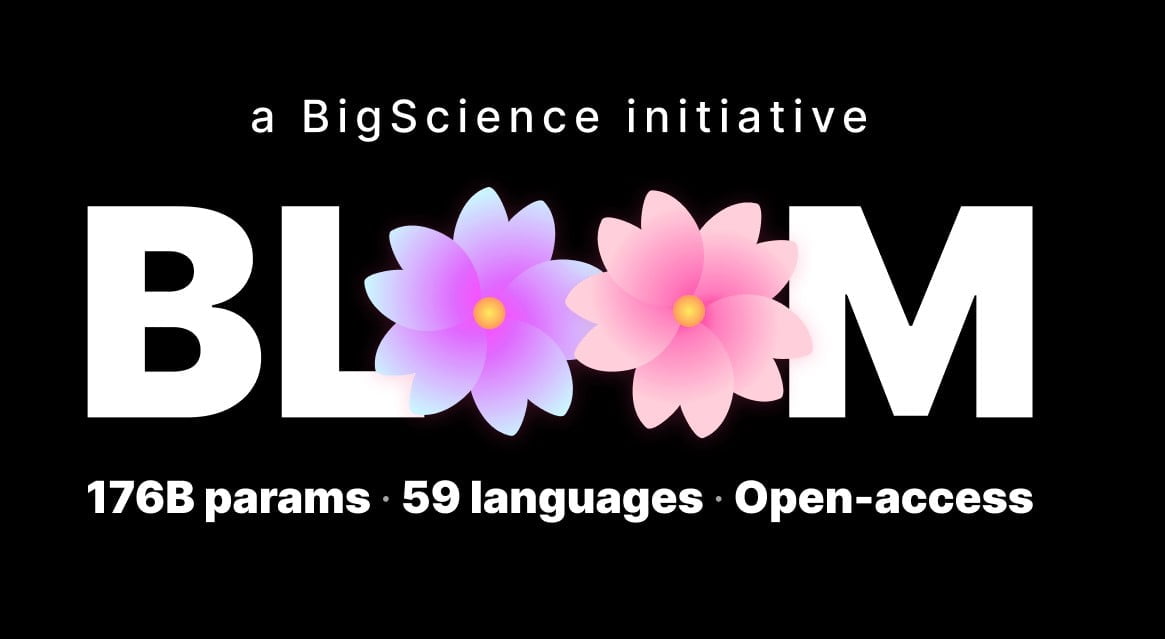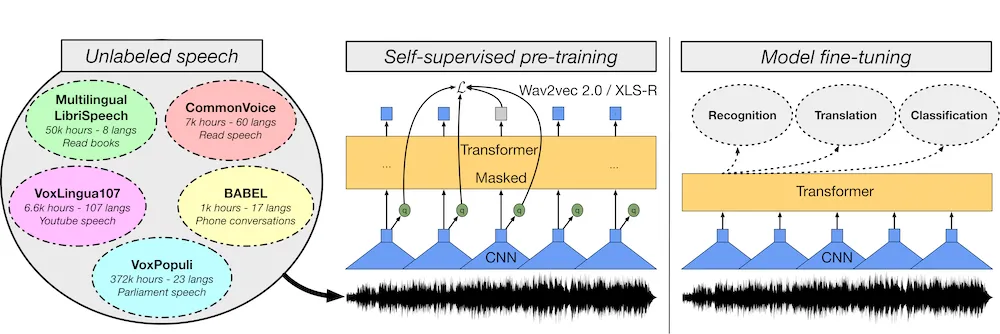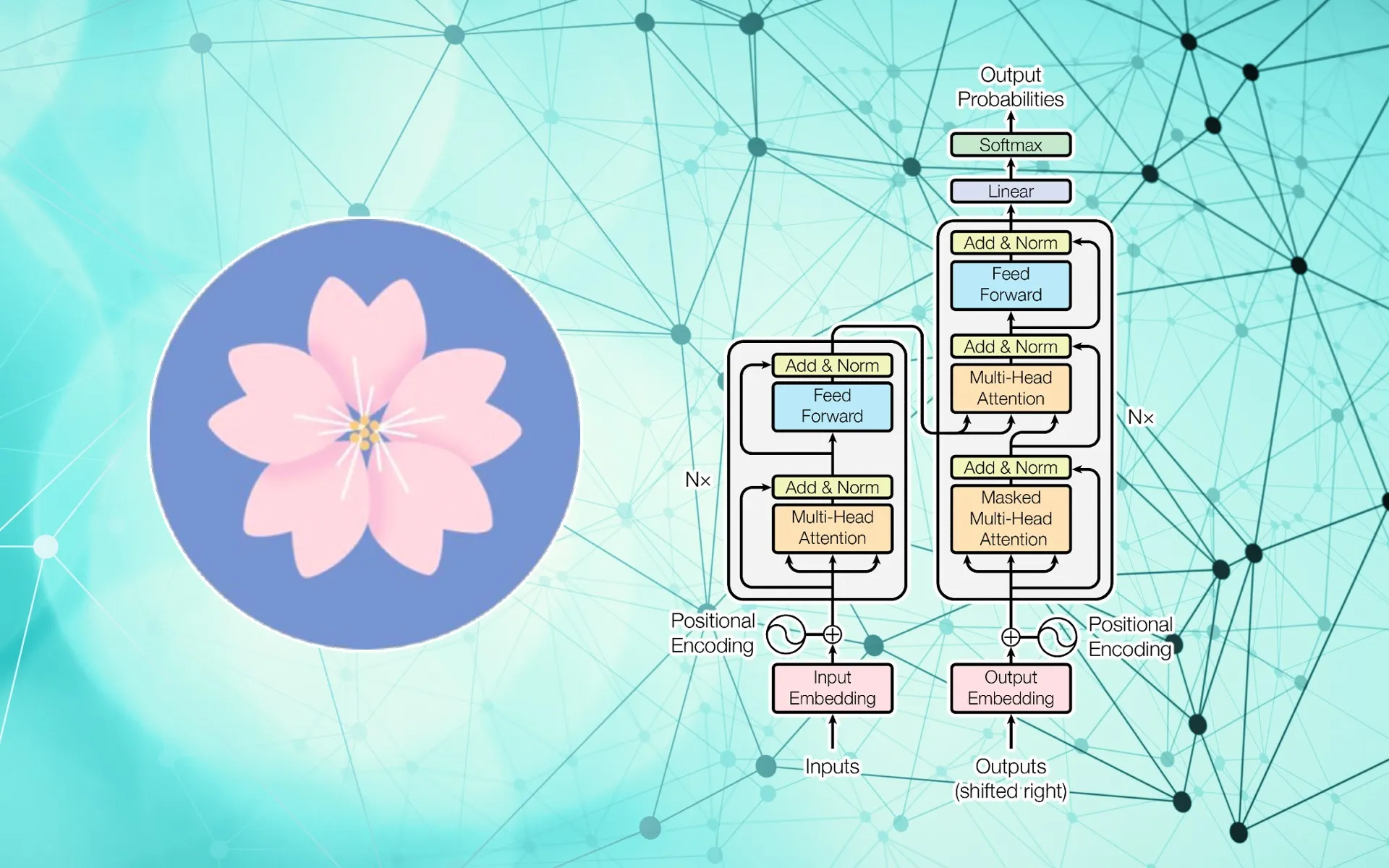Understand BLOOM, the Largest Open-Access AI

In today's world, Artificial Intelligence has become an essential part of our lives. From virtual assistants like Siri and Alexa to self-driving cars and personalized marketing, AI is making our lives more convenient and efficient. However, most AI technologies are proprietary and available only to large organizations with deep pockets.
BLOOM AI, on the other hand, is the largest open-access AI model, developed by researchers at UC Berkeley, Stanford University, and the Allen Institute for AI. BLOOM is different from other AI models as it is available for anyone to use, free of cost. This means that small businesses, startups, and individuals can also access this state-of-the-art AI technology and create innovative applications.
In this blog, we will delve deeper into the features and capabilities of BLOOM, understand its architecture, and the benefits it offers to the AI community. So, buckle up and get ready to dive into the world of BLOOM!
What is BLOOM?
BigScience Open-access Multilingual Language Model (BLOOM AI) is a large language model built on transformers. It was developed by more than 1000 AI researchers to offer a free large language model to anyone who is interested in trying it. It is seen as an alternative to OpenAI's GPT-3 with its 176 billion parameters and training data on over 366 billion tokens from March through July 2022. A modified version of the Megatron-LM GPT-2 transformer model architecture is used by BLOOM.
The BLOOM project was co-founded by the HuggingFace's BigScience team, the Microsoft DeepSpeed team, the NVIDIA Megatron-LM team, the IDRIS/GENCI team, the PyTorch team, and the BigScience Engineering work group volunteers were the six key groups involved.
13 programming languages and 46 natural languages were used to train BLOOM. (The 46 natural languages include languages from the Indic family from the Indian subcontinent, such as Hindi, Tamil, and Urdu, as well as Sub-Saharan African languages such as Swahili or Yoruba). Also, 350 billion unique tokens were created from 1.6 Terabytes of pre-processed text for BLOOM's training datasets.
Features of Bloom
An autoregressive large language model named Bloom has been taught to carry on a sentence from a prompt utilizing massive volumes of text data and high-performance computing power. This open-source, multilingual model can generate coherent text in 46 different languages and 13 different programming languages.
A few of Bloom's capabilities include slicer, graph pattern search, full-text search, edit graph data, and phrases for advanced queries. It is a causal model language that was honed as a next-token predictor, allowing it to connect several ideas in a sentence and rather accurately solve non-trivial issues like math, translation, and programming. Having at least 16GB of RAM is necessary for Bloom to run, although a GPU is not necessary.
Architecture of Bloom

Bloom is a large language model based on transformers that use a causal model language architecture. It was trained as a next-token predictor, which means that it makes predictions about the tokens that will come after one another in a sentence. A Transformer architecture, which is a component of Bloom's design, can perform non-trivial issues like arithmetic, translation, and programming with a reasonable degree of precision.
What is the Difference between Bloom and Other Language Models?
With the aid of massive amounts of text data and powerful computing power, Bloom is a transformer-based large language model that is taught to continue text from a prompt. It is an open-source, multilingual model that can produce coherent text in 13 programming languages and 46 different languages.
Unlike other language models, Bloom is a multilingual model that includes many underrepresented languages because it was trained on data from 46 natural languages and 13 computer languages. It also functions as a causal model language that was trained as a next-token predictor, allowing it to connect various ideas in a sentence and rather accurately tackle non-trivial issues like math, translation, and programming.
Potential Applications of Bloom

The potential applications of Bloom in natural language processing include sentiment analysis, text summarization, and language translation. It is a helpful tool for multilingual programming and communication since it can be used to generate coherent text in 13 and 46 programming languages.
By recasting them as text generation tasks, Bloom can be made to carry out text tasks for which it hasn't been specifically trained. Additionally, it serves as a research tool to advance the development of large language models and all aspects of artificial intelligence. The variety of activities Bloom can complete broadens as the model's methodology and information sources become more varied.
Looking for Ways to Fasten Your Training Data Process?
If you want to fasten their training data process, try out Labellerr and get your trained data within weeks!
Labellerr is an AI-powered data labeling platform that uses state-of-the-art machine learning algorithms to annotate large amounts of data automatically. It can help businesses and organizations save time and resources by automating the data labeling process and improving the accuracy and quality of the labeled data.
With Labellerr, users can upload their raw data, and the platform will automatically label it with 80% accuracy. The platform can be customized to fit specific labeling needs and can handle various data types such as text, images, and videos.
Additionally, the platform has a user-friendly interface that makes it easy to use for both technical and non-technical users.
Conclusion
Last but not least, BLOOM AI is a sizable open-access language model that was developed utilizing cutting-edge AI technologies. BLOOM has the potential to revolutionize a number of businesses and areas, from content production to natural language processing, because of its amazing size and capabilities. Due to its open-access nature, anyone can use it and gain from it, which encourages more general innovation and progress. BLOOM will surely become a crucial tool for academics, developers, and producers all over the world as it develops and gets better.
To read more such amazing content, stay tuned with Labellerr!
FAQs
1. What is BLOOM AI?
The extensive language model BLOOM employs a causal model language architecture and is built on transformers. Its next-token prediction training gave it the ability to link concepts in a language and rather correctly resolve complex problems like algebra, translation, and programming. The Allen Institute for AI, Stanford University, and UC Berkeley researchers created the biggest open-access AI model.
2. What is BLOOM's size?
BLOOM was trained on 384 A100-80GB GPUs over 3.5 months and has 176 billion parameters.
3. What features does BLOOM possess?
Slicer, graph pattern search, full-text search, modifying graph data, and terms for sophisticated searches are just a few of BLOOM's features.
4. How can I install Bloom on my PC locally?
Even with minimal computing capabilities, you can use a tutorial to run BLOOM on your own computer. The Hugging Face transformers library may be used to fine-tune BLOOM for downstream applications like question answering and text categorization. BLOOM can be used to generate text.
5. Does BLOOM require a GPU to run?
BLOOM requires at least 16GB of RAM to function, but a GPU is not required.
6. Is BLOOM accessible to all users?
Yes, anyone can use BLOOM for free. As a result, individuals, small enterprises, and startups can all use this cutting-edge AI technology to develop cutting-edge applications.

Simplify Your Data Annotation Workflow With Proven Strategies
.png)


